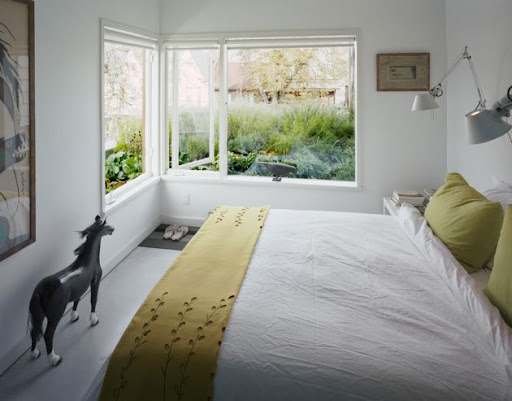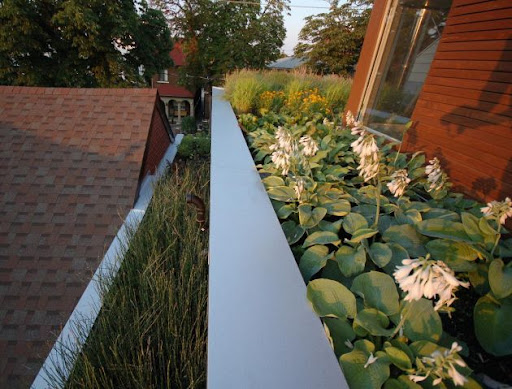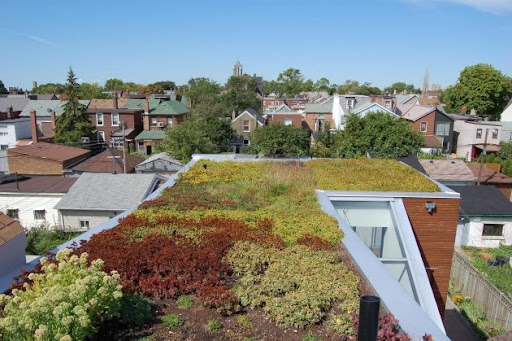Herbst Architects Lindale Bach

Sticks and stones - Blurring the boundaries between interior and exterior, Lance and Nicola Herbst have become the masters of the simple, elegant, functional beach retreat. If they'd take the job, Lance and Nicola would be my choice for designing an eco retreat.

Overview
Built on an island with no mains electricity and daily ferry connections, the Lindale residence on Great Barrier Island HAD to be as energy efficient as possible.
Minimal materials were freighted in and the central Gabion wall of the residence an ideal solution. Using local river stones, the wall provides a fantastic heat store and structural backbone to the build. The wall also counters the wind in covered outdoor spaces, together with a cosy fire making this retreat and so special.

Prior to the build beginning, large rainwater and sewage treatment tanks were buried under the site. The cooler environment promoting less bacterial growth and leaving the relatively pure rainwater, collected from all roof sections, requiring no treatment to drink.

A Full functional kitchen the heart of the residence is flanked by a covered porch to the right with open fire and shaded midsummer dining area to the rear. Sunken, in front of the kitchen and nearest to the beach, is a cosy built in couch and tv nook.
Traversing the Gabion wall to the rear of the house is the bedroom tower and bathroom. Two bedrooms with surf views or walk out patio respectively.

Our primary concerns in the design of this building have been to:
- create an environment that facilitates and enhances the experience of living outdoors
- challenge convenience as the driving force behind decisions, concentrating rather on the rituals associated with space
- establish a range of spatial, light and textural experiences be responsive to the small scale of the existing builtenvironment.
In order to articulate the building in a scale of forms appropriate to the environment the functions of the house that require complete weather enclosure are broken into three individual masses:
- a horizontal structure housing the living functions
- a tower housing the sleeping and bathing functions and a boatshed.
prevailing south-west wind a spine wall of gabion baskets is set at right angles to the site. The wall sets up a strong enclosing edge for the main covered living deck and provides an intimate textured backdrop to the bathroom space. The masses of the building are arranged around the gabion wall to form edges, create a range of negative spaces and provide wind shelter to two covered outdoor living spaces.
Lance Herbst



Project location Great Barrier Island, New Zealand
Architect Herbst Architects
Plans

Photos Patrick Reynolds




















